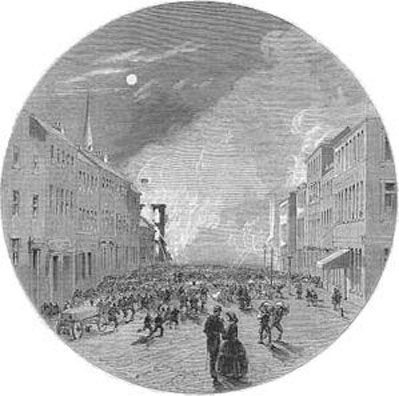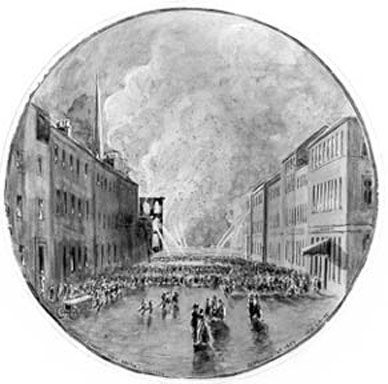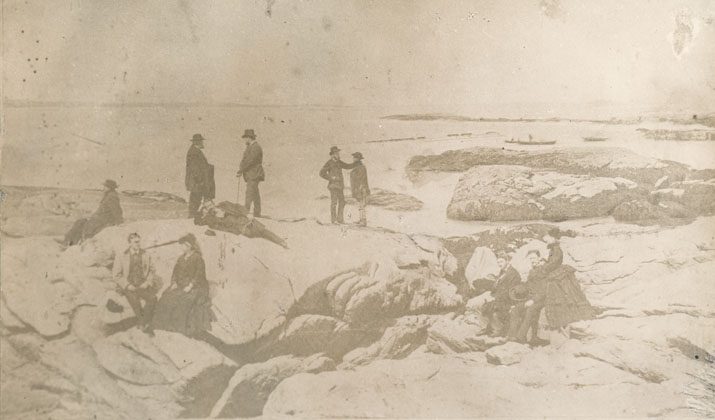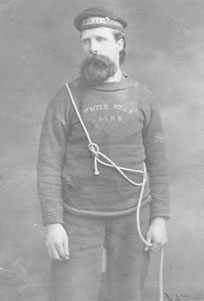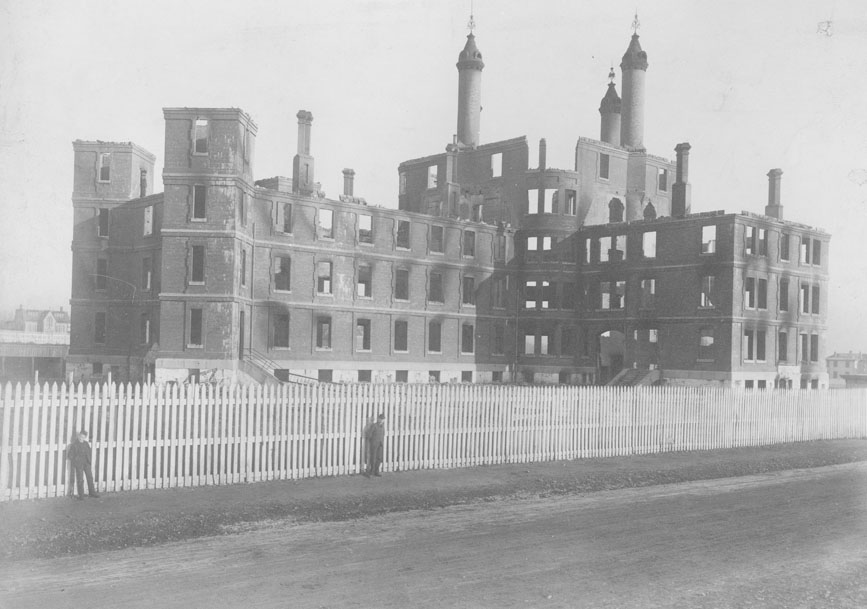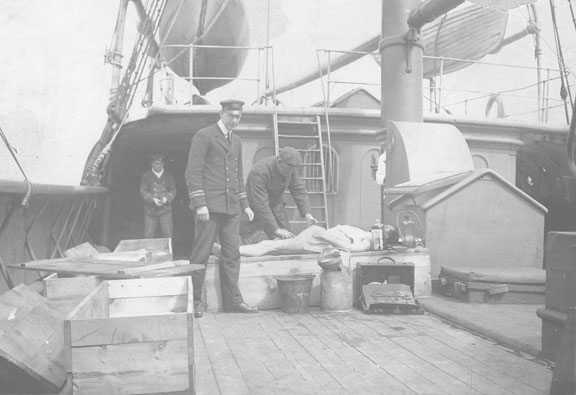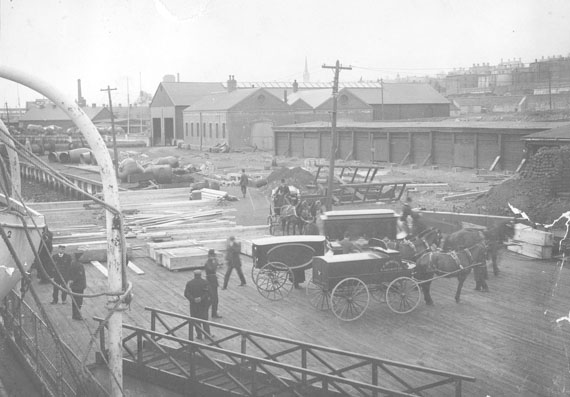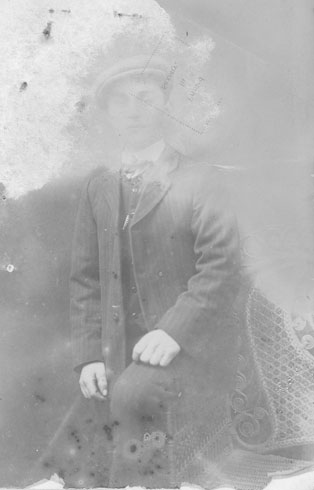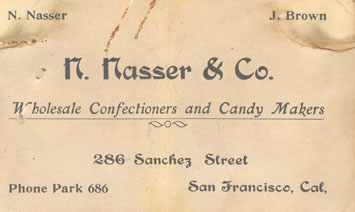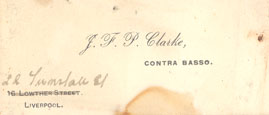Nova Scotia Archives
Halifax and Its People / 1749-1999
Disasters
Halifax has recently been described as 'disaster-prone', with a chequered history of catastrophes of international scope and significance. No large community or geographic area can ever escape the routine horrors, but given its size and density, the Municipality does seem to have had more than its share of tragedies — on land, under ground, at sea and in the air.
The painful memories of Swissair Flight 111 off Peggy's Cove in 1998 are still fresh. Marine disasters abound, from countless wrecks on the shifting sands of Sable Island — 'The Graveyard of the Atlantic' — to the foundering of the SS Atlantic off Prospect in 1873 — then the world's worst marine disaster with the loss of 565 people — to the aftermath of the RMS Titanic in 1912, when the principal rescue efforts were coordinated from Halifax.
During April 1936, "the attention of much of the civilized world [was rivetted] on Nova Scotia for nearly two weeks" (The Canadian Annual Review 1935 and 1936). On Easter Sunday, three men were trapped by a cave-in at the Moose River Gold Mine. North Americans listened to live news broadcasts — a first in Canada — as the details of the Municipality's most famous mining disaster unfolded: "It was an epic of tragedy, endurance, death and heroic rescue, the story of which was followed eagerly for many days by millions of people as it was conveyed by newspapers and the radio."
Fire is no stranger to any city, and Halifax is no exception. The North Barracks, along with forty houses, burned in 1850; an entire four acres and some sixty downtown buildings disappeared in 1859; the Poor Asylum burnt to a shell in 1882, the King Edward Hotel in 1911, buildings on Barrington Street in 1912, and the Queen Hotel in 1939. The last-mentioned blaze was the greatest disaster in the city since the 1917 Explosion, and is still vivid in the memory of many residents.
The Halifax Harbour Explosion, of course, is without doubt the best-known event in Halifax's long and colourful history. On that fateful morning of 6 December 1917, the munitions carrier Mont Blanc and the Belgian Relief vessel Imo collided in the narrowest part of the harbour. The resulting convulsion was the world's largest man-made explosion before the atomic bomb in 1945. More Nova Scotians died in that single disaster than were killed in World War I. Although somewhat anticlimactic, the Bedford Magazine Explosion of 1945 revived memories of 1917 and fears for a similar catastrophe.
'Disaster-prone'?
A 'City of Disasters'?
Read on and decide for yourself....
Results 1 to 15 of 23 from your search: Disasters
"The Great Fire at Halifax, Nova Scotia"
Date: 1859
Medium: lithograph published in The Illustrated London News, 15 October 1859, p.370
Reference: Documentary Art Nova Scotia Archives 59-1
Click for more information on this chapter.
"Granville Street Fire. Sept. 9, 1859"
Medium: watercolour; 23 cm. diameter
Artist: H.H. Laird
Reference: Nova Scotia Archives 1979-147 no. 24
Click for more information on this chapter.
"Ordnance Square Fire. Sept. 9, 1859"
Medium: watercolour; 23 cm. diameter
Artist: H.H. Laird
Reference: Nova Scotia Archives 1979-147 no. 25
Click for more information on this chapter.
"The Wreck of the Atlantic", 1873
Artist: originally published by Currier and Ives - Photographer: copied by E.A. Bollinger
Reference: Nova Scotia Archives Photo Drawer - Transportation & Communication - Ships & Shipping - Atlantic
Click for more information on this chapter.
"The Atlantic disaster – actual position of the hull", April 1873
Date: April 1873
Medium: Copy print from wood engraving; originally published in Canadian Illustrated News, 19 April 1873, p.243
Artist: from a sketch by E.J. Russell
Reference: Borrowed for copying from Charles P. de Volpi Collection, Special Collections, Dalhousie University Libraries Nova Scotia Archives
Click for more information on this chapter.
"Burial service of Victims of Wreck of SS. Atlantic, at Lower Prospect, Hfx. Co., N.S., April, 1873. Shows the Rev. W.J. Ancient, C. of E. rector of Turns (Terence) Bay, reading the service before an open trench in which can be seen about 14 rough wooden coffins while gathered by are fisher folk of the district & a very [sic] visitors from Halifax. Enlarged from a carte-de-visite photo by W. Chase of Halifax, N.S."
Date: [April 1873
Photographer: W. Chase
Reference: Photo Drawer - Transportation & Communication - Ships and Shipping - Atlantic Nova Scotia Archives
Click for more information on this chapter.
"Scene of the Wreck Atlantic, at Prospect, April 1st, 1873"
Date: April 1873
Photographer: W. Chase
Reference: W. Chase Nova Scotia Archives no. 32
Click for more information on this chapter.
"Qr Mast Speakman, SS. Atlantic ", ca. 1873
Date: ca. 1873
Photographer: Notman Studio
Reference: Notman Studio Nova Scotia Archives no. 90095
Click for more information on this chapter.
"Ruins of Poor House burnt Nov. 7, 1882; photo taken Jan., 1884 (on present site, viz. corner Robie & South Sts.)"
Date: January 1884
Reference: Nova Scotia Archives Photo Drawer - Places - Halifax - Buildings - Poor House
Click for more information on this chapter.
"Concrete Sewer Blocks made at the Halifax Poor Asylum, Halifax, N.S., 1899, over 1000 barrels of Citadel Brand of cement used, manufactured by St. Lawrence Portland Cement Coy., Montreal, Quebec"
Date: 1899
Photographer: J. M. Margeson
Reference: Nova Scotia Archives 1992-411
Click for more information on this chapter.
"Body of RMS Titanic victim aboard rescue vessel [CS Minia] being made ready for make-shift coffin", April or May 1912
Date: May 1912
Photographer: attributed to William J. Parker
Reference: Nova Scotia Archives Photo Drawer - Transportation & Communication - Ships & Shipping - Titanic, no. 2
Click for more information on this chapter.
"Hearses lined up on Halifax wharf (near the present Jetty 4 of HMCS Dockyard) to carry RMS Titanic victims to funeral parlours
Date: 6 May 1912
Photographer: attributed to William J. Parker or William Mosher
Reference: Nova Scotia Archives Photo Drawer - Transportation & Communication - Ships & Shipping - Titanic, no. 3
Click for more information on this chapter.
William Carbines, Body No. 18, 1912
Reference: Coroners' Reports Nova Scotia Archives RG 41 vol. 75 no. 18
Click for more information on this chapter.
Business Card, Mr. Nicola Nasrallah, sometimes known as Nicola Nasser, ca. 1912
Reference: Coroners' Reports Nova Scotia Archives RG 41 vol. 75 no. 43
Click for more information on this chapter.
Business Card, J.F.P. Clarke, ca. 1912
Reference: Coroners' Reports Nova Scotia Archives RG 41 vol. 76 no. 202
Click for more information on this chapter.
